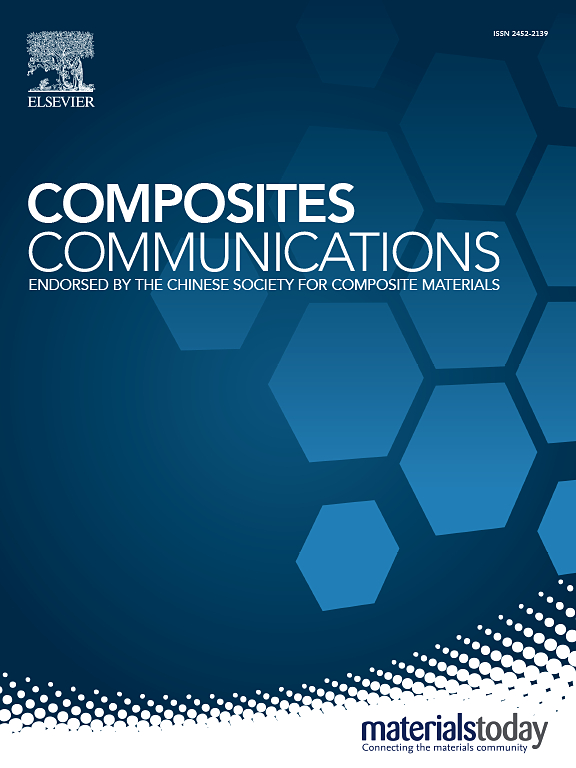A highly realistic hydrogel-based simulated vascular model for Surgical Hemostasis training
IF 6.5
2区 材料科学
Q1 MATERIALS SCIENCE, COMPOSITES
引用次数: 0
Abstract
Hemostasis is a fundamental skill required of all surgeons. Integrating 3D printing technology allows for the creation of intuitive, accurate, and personalized vascular anatomical models, providing valuable support for hemostasis training. However, traditional training models face limitations due to ethical concerns and the inability to replicate precise biomechanical properties. In this work, we combined modeling, validation, and training to develop a hydrogel-based vascular model constructed from acrylamide (AM) and polyvinyl alcohol (PVA). This hydrogel accurately replicates the mechanical properties, wet slipperiness, and electrical conductivity of natural blood vessels, making it suitable for training in suturing, ultrasonic scalpel hemostasis, and electrocautery hemostasis. In preliminary trials, 15 participants underwent surgical training using the model, and experts conducted a rigorous assessment of the bleeding model. The results demonstrate that training with hydrogel vascular replicas helps surgeons understand and manage various bleeding scenarios, enabling faster and more accurate decision-making in real surgical settings.
求助全文
约1分钟内获得全文
求助全文
来源期刊

Composites Communications
Materials Science-Ceramics and Composites
CiteScore
12.10
自引率
10.00%
发文量
340
审稿时长
36 days
期刊介绍:
Composites Communications (Compos. Commun.) is a peer-reviewed journal publishing short communications and letters on the latest advances in composites science and technology. With a rapid review and publication process, its goal is to disseminate new knowledge promptly within the composites community. The journal welcomes manuscripts presenting creative concepts and new findings in design, state-of-the-art approaches in processing, synthesis, characterization, and mechanics modeling. In addition to traditional fiber-/particulate-reinforced engineering composites, it encourages submissions on composites with exceptional physical, mechanical, and fracture properties, as well as those with unique functions and significant application potential. This includes biomimetic and bio-inspired composites for biomedical applications, functional nano-composites for thermal management and energy applications, and composites designed for extreme service environments.
 求助内容:
求助内容: 应助结果提醒方式:
应助结果提醒方式:


